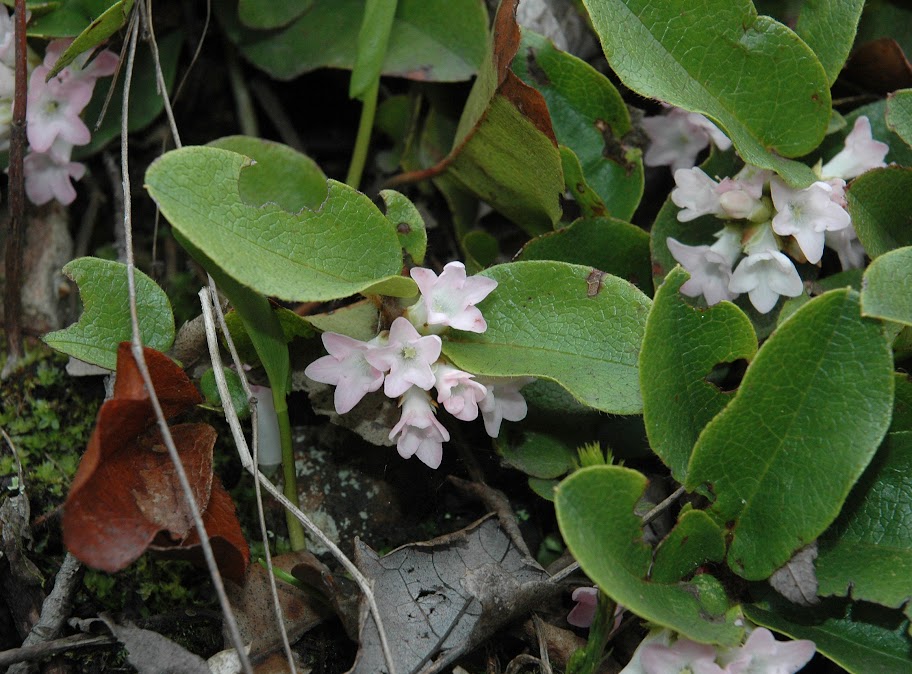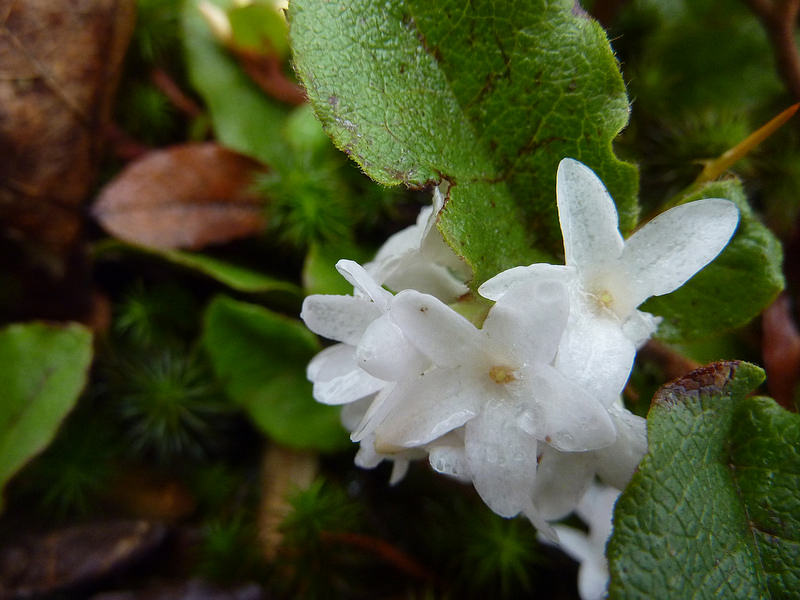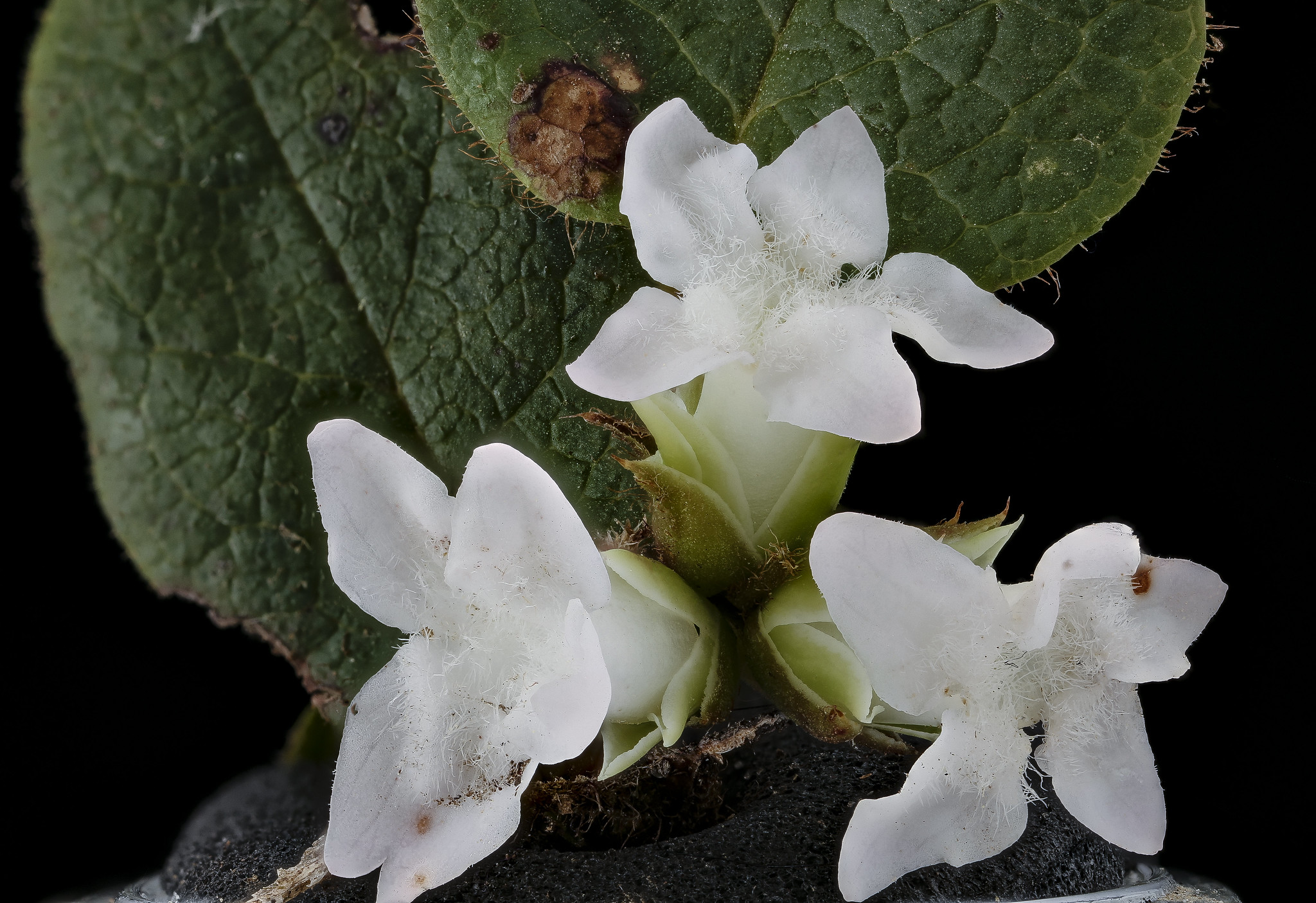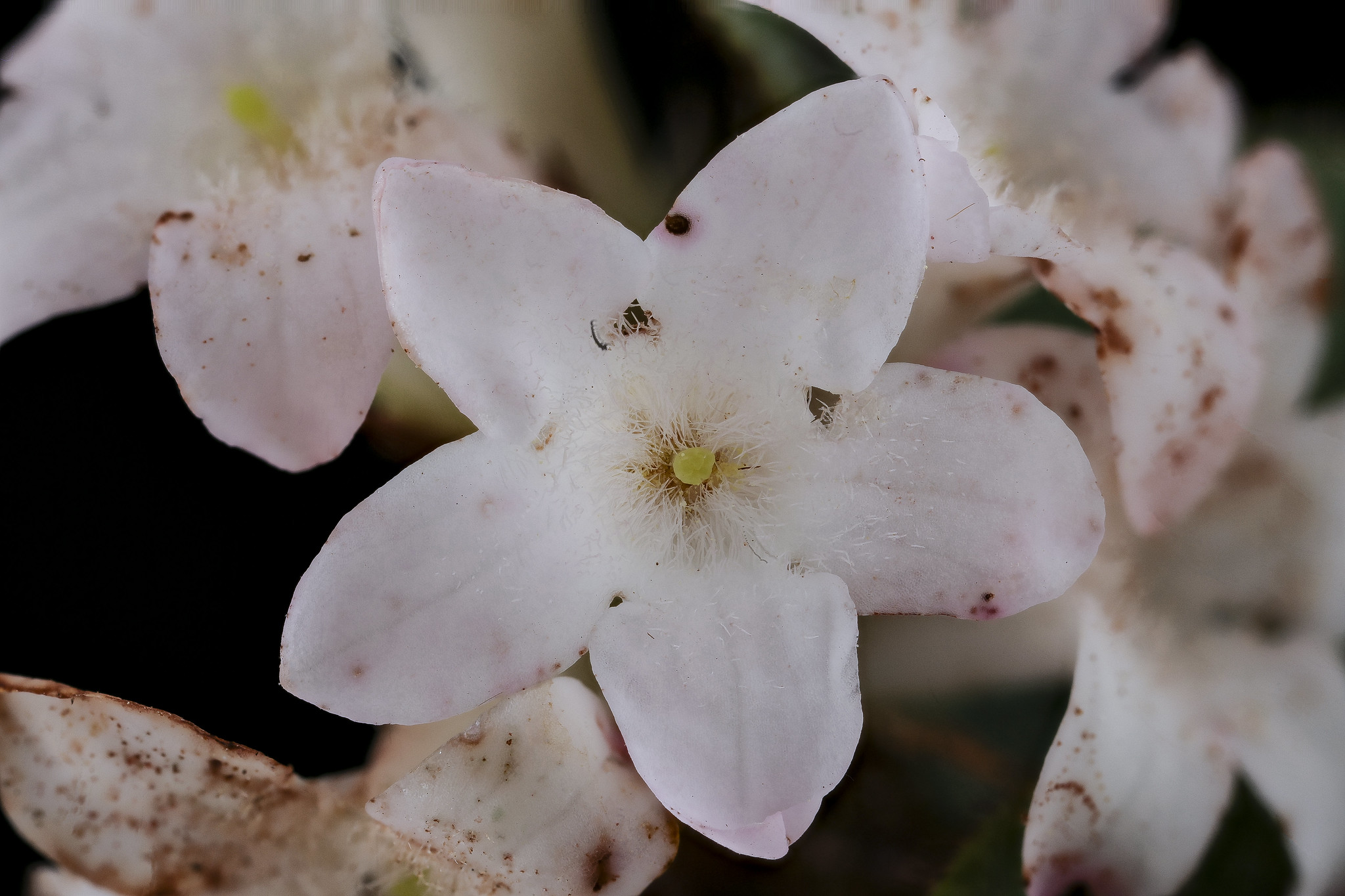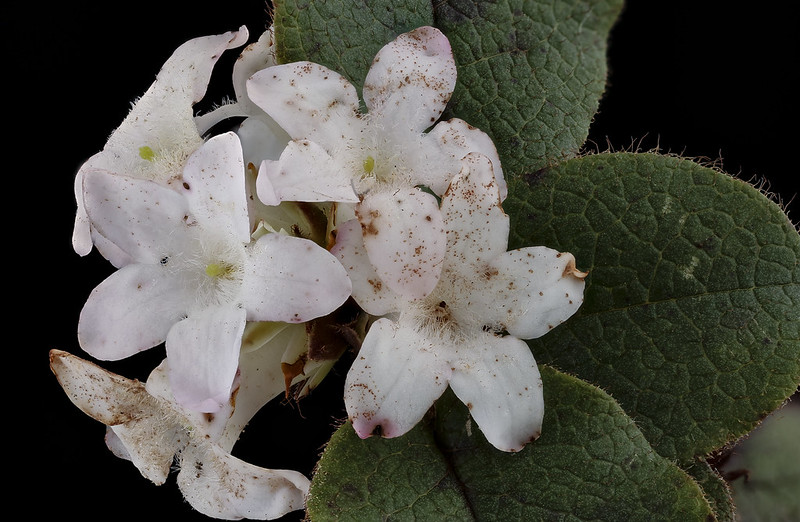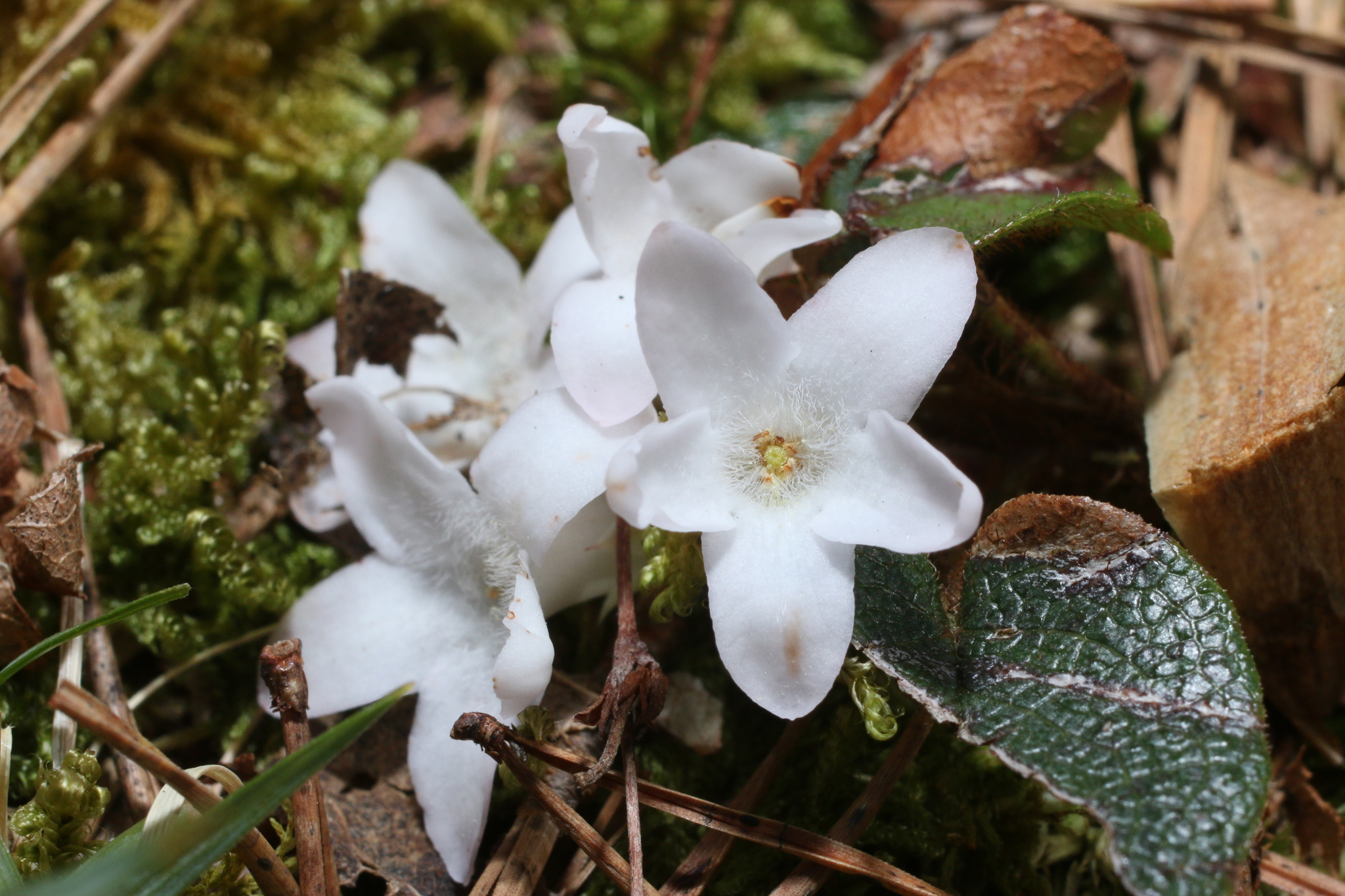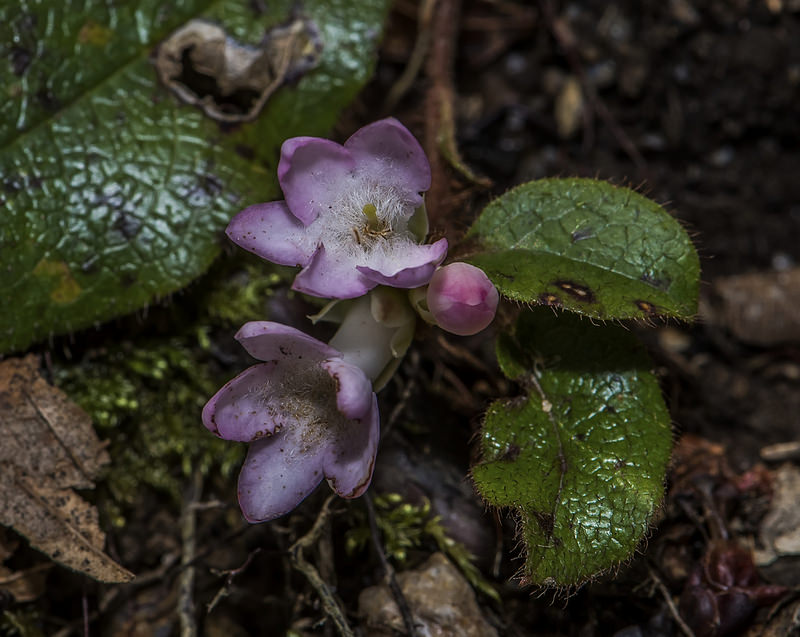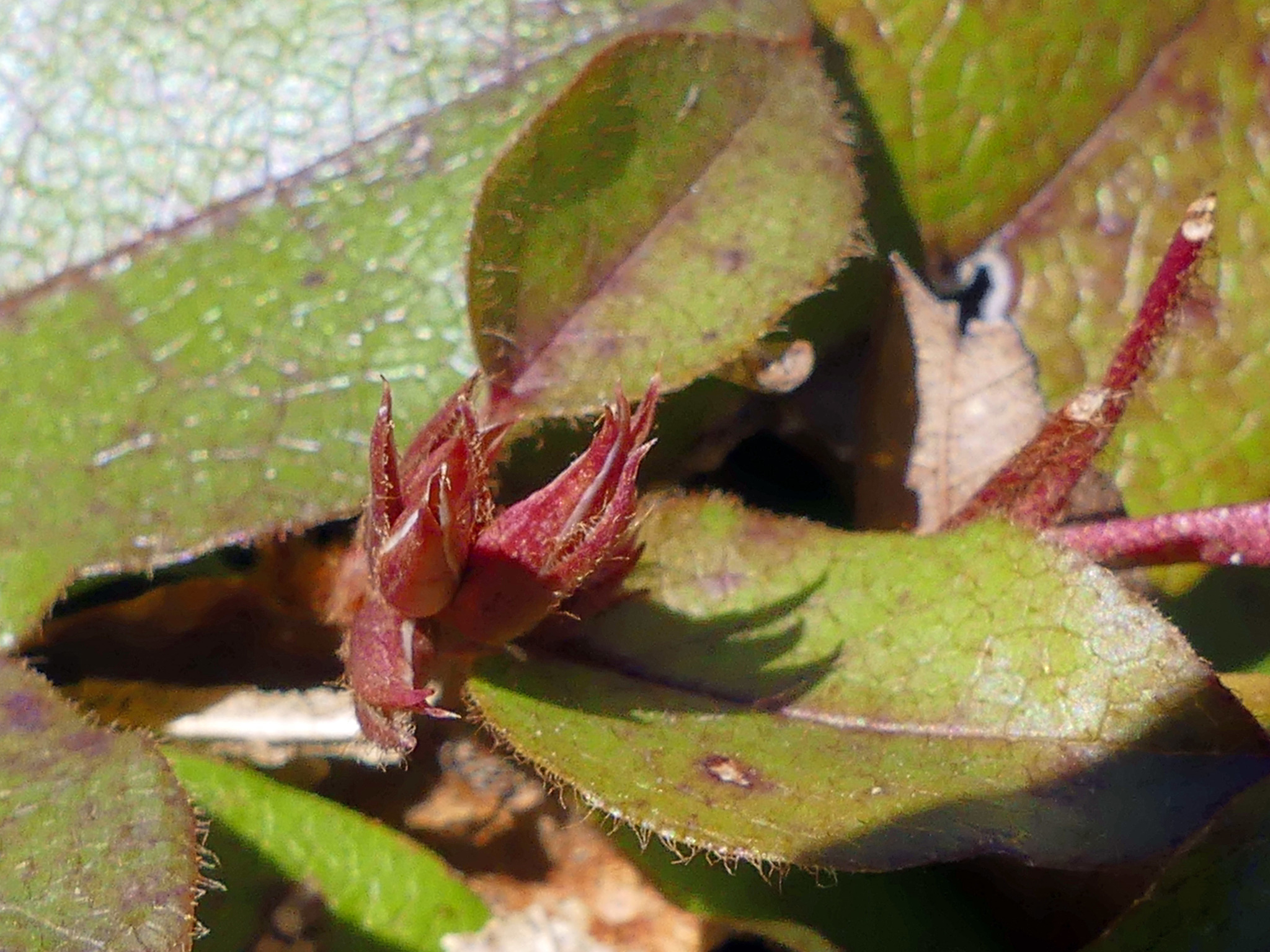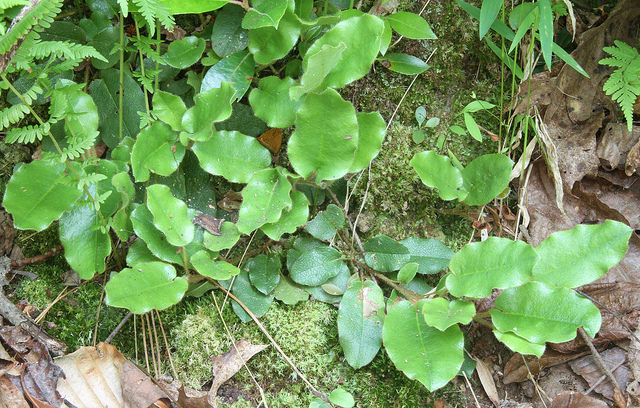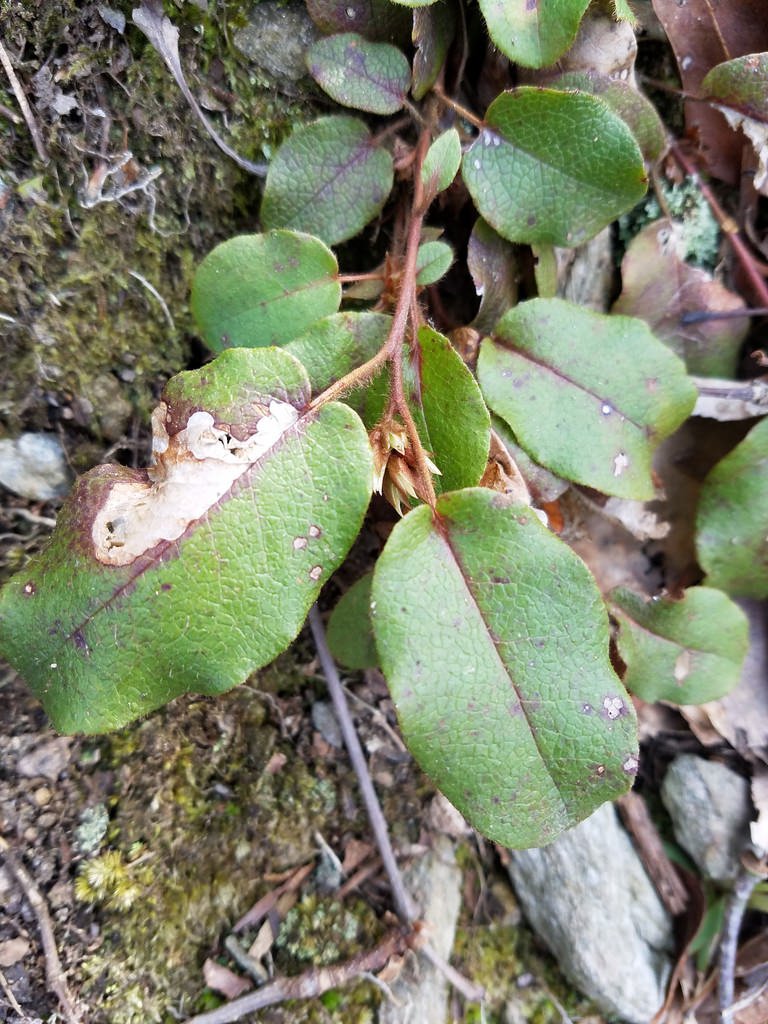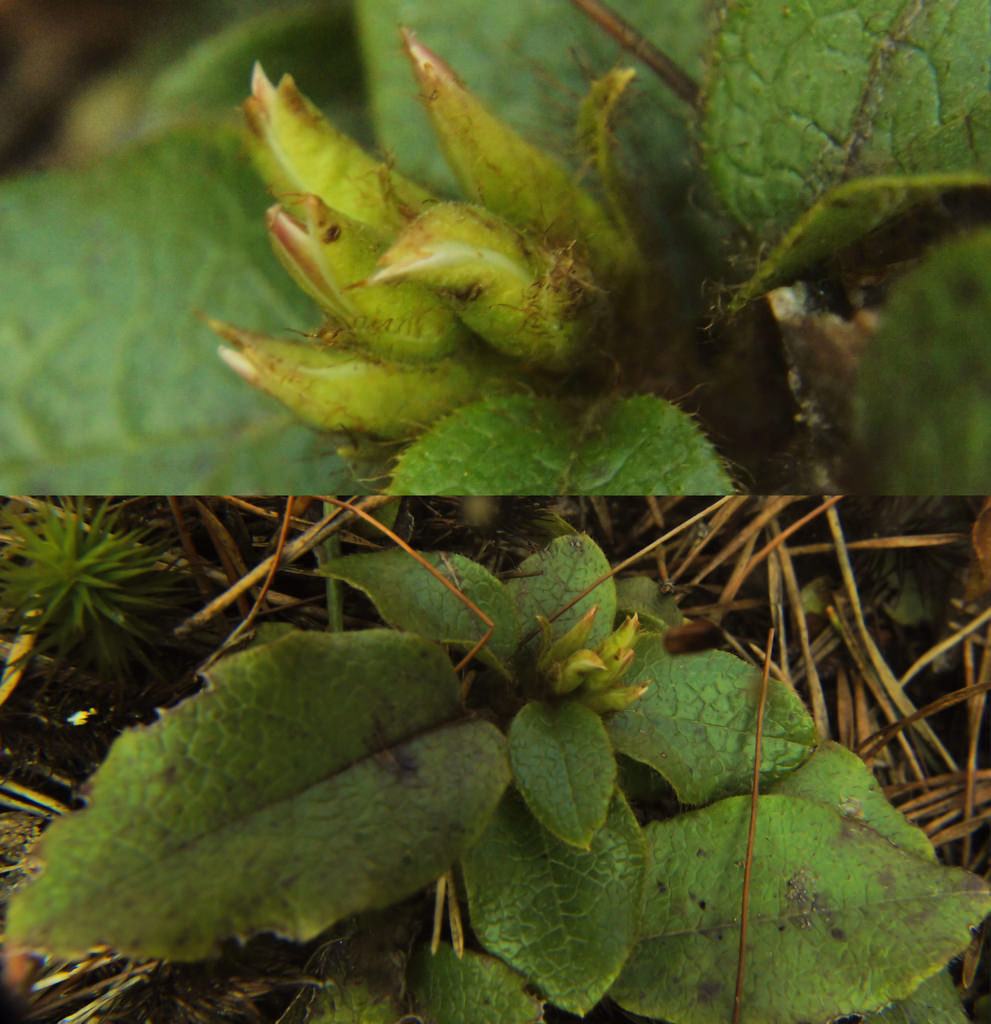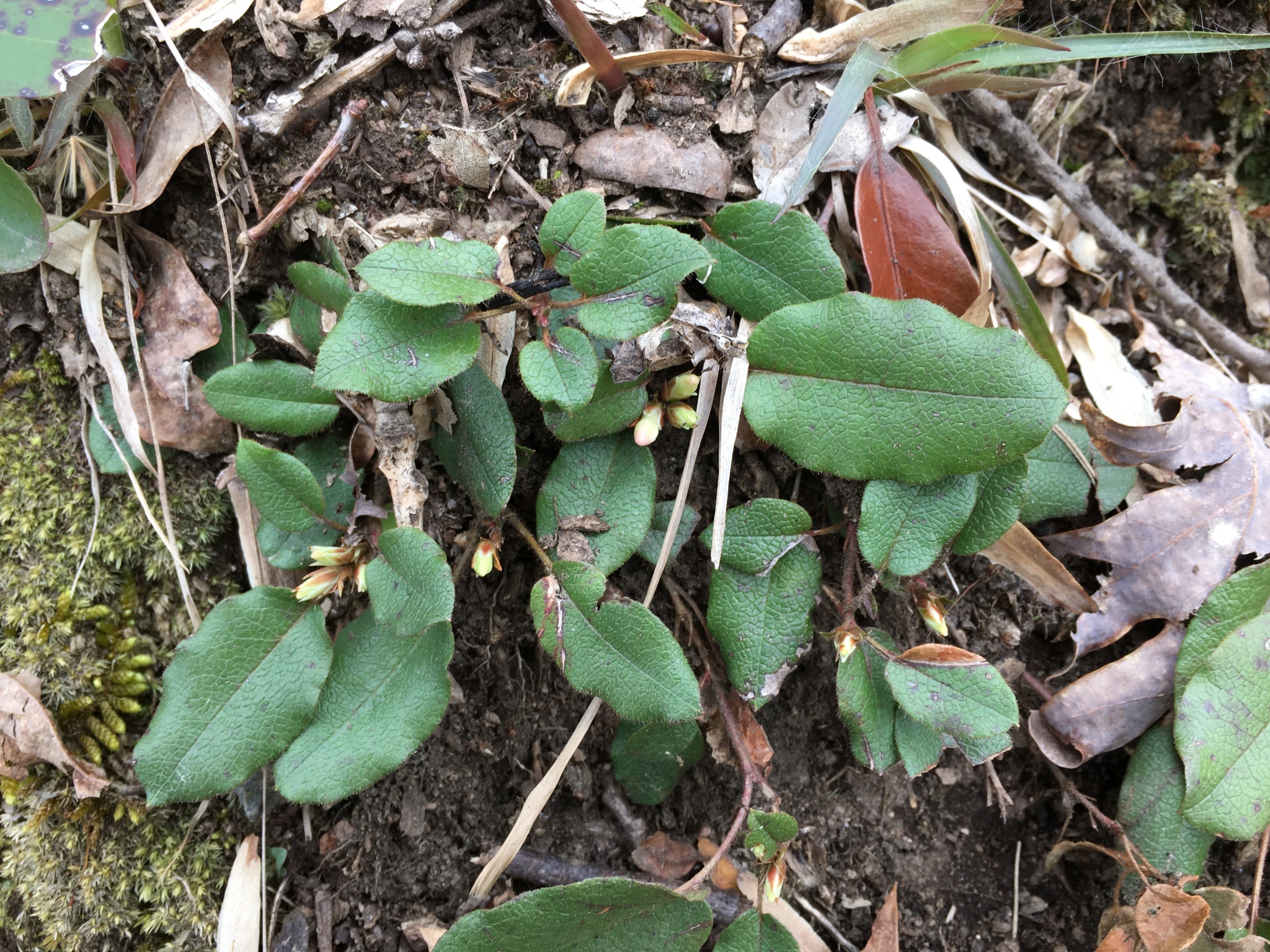Map Snapshot























677 Records
Relationships
Trailing Arbutus is the larval host plant for Hoary Elfin.
Seasonality Snapshot
Source: Wikipedia
| Epigaea repens | |
|---|---|

| |
| Scientific classification | |
| Kingdom: | Plantae |
| Clade: | Tracheophytes |
| Clade: | Angiosperms |
| Clade: | Eudicots |
| Clade: | Asterids |
| Order: | Ericales |
| Family: | Ericaceae |
| Genus: | Epigaea |
| Species: | E. repens
|
| Binomial name | |
| Epigaea repens | |
Epigaea repens, the mayflower, trailing arbutus, or ground laurel,[1] is a low, spreading shrub in the family Ericaceae. It is found from Newfoundland to Florida, west to Kentucky and the Northwest Territories.
Description
[edit]The plant is a slow-growing, prostrate to sprawling shrub that prefers moist, shady habitats and acidic (humus-rich) soil. It is often part of the heath complex in an oak-heath forest.[2][3]
Its stems are woody and the leafy twigs are covered in rust-colored hairs. The leaves are alternate, ovate (oval-shaped with rounded bases), evergreen, glabrous above and more or less hairy beneath, and borne on short rusty-hairy petioles.
The flowers are pentamerous, pale pink to nearly white and very fragrant, about .5 inches (1.3 cm) across when expanded, and borne in clusters at the ends of the branches. The calyx consists of five dry, overlapping sepals. The corolla is salverform, with a slender hairy tube spreading into five equal lobes. There are 5 stamens. The gynoecium consists of one pistil with a columnar style and a five-lobed stigma.
The genus name Epigaea, meaning "upon the earth", refers to this species' sprawling growth habit.
Symbolism
[edit]Epigaea repens is the floral emblem of both Nova Scotia and Massachusetts. Digging up one in Massachusetts is punishable with a $50 fine.[4]
Use among Native Americans
[edit]The Algonquin use an infusion of leaves for kidney disorders.[5] The Cherokee use a decoction of the plant to induce vomiting to treat abdominal pain, and they give an infusion of the plant to children for diarrhea.[6] An infusion is also used for the kidneys and for "chest ailment".[7] They also take a compound infusion for indigestion.[8]
The Iroquois use a compound for labor pains in parturition, use a compound decoction for rheumatism, take a decoction of the leaves for indigestion, and they also take a decoction of the whole plant or roots, stalks and leaves taken for the kidneys.[9]
The Forest Potawatomi regard this as their tribal flower and consider it to have come directly from their divinity.[10]
See also
[edit]References
[edit]- ^ "Epigaea repens". Integrated Taxonomic Information System. Retrieved 15 June 2022.
- ^ "The Natural Communities of Virginia Classification of Ecological Community Groups (Version 2.3), Virginia Department of Conservation and Recreation, 2010". Archived from the original on 2009-01-15. Retrieved 2011-03-07.
- ^ Schafale, M. P. and A. S. Weakley. 1990. Classification of the natural communities of North Carolina: third approximation. North Carolina Natural Heritage Program, North Carolina Division of Parks and Recreation.
- ^ Seuling, Barbara (1997) [1975]. Wacky Laws. Scholastic. ISBN 9780590764841.
- ^ Black, Meredith Jean 1980 Algonquin Ethnobotany: An Interpretation of Aboriginal Adaptation in South Western Quebec. Ottawa. National Museums of Canada. Mercury Series Number 65 (p. 216)
- ^ Taylor, Linda Averill 1940 Plants Used As Curatives by Certain Southeastern Tribes. Cambridge, MA. Botanical Museum of Harvard University (p. 48)
- ^ Hamel, Paul B. and Mary U. Chiltoskey 1975 Cherokee Plants and Their Uses -- A 400 Year History. Sylva, N.C. Herald Publishing Co. (p. 23)
- ^ Hamel, Paul B. and Mary U. Chiltoskey 1975 Cherokee Plants and Their Uses -- A 400 Year History. Sylva, N.C. Herald Publishing Co. (p. 23)
- ^ Herrick, James William 1977 Iroquois Medical Botany. State University of New York, Albany, PhD Thesis (p. 410)
- ^ Smith, Huron H. 1933 Ethnobotany of the Forest Potawatomi Indians. Bulletin of the Public Museum of the City of Milwaukee 7:1-230 (p. 118)
- Blanchan, Neltje (2005). Wild Flowers Worth Knowing. Project Gutenberg Literary Archive Foundation.
- Pink, A. (2004). Gardening for the Million. Project Gutenberg Literary Archive Foundation.
- The General Laws of Massachusetts Chapter 2: Section 7. Flower or floral emblem of commonwealth

